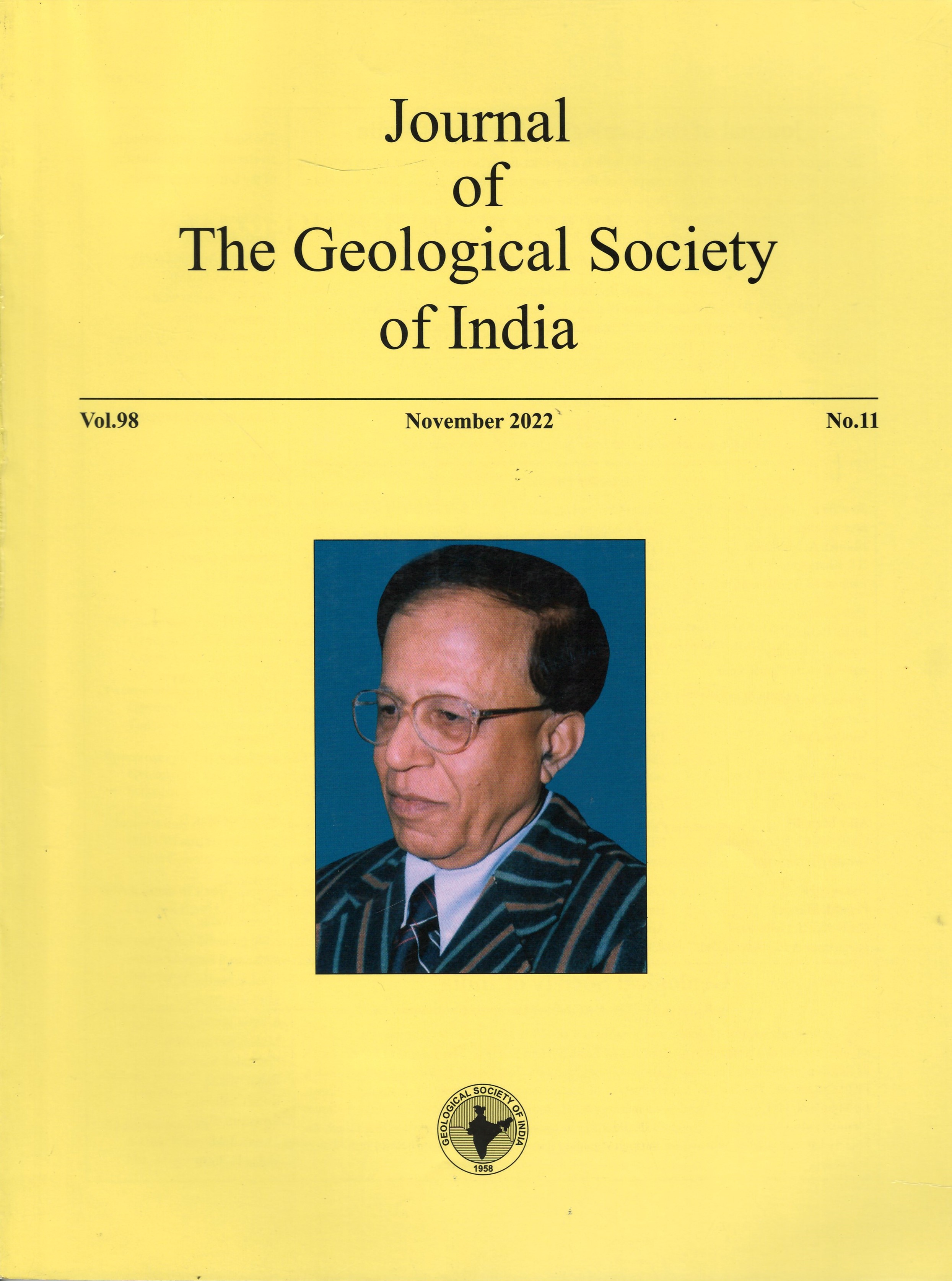Geochemistry and Petrogenesis of Mesoproterozoic Mafic Intrusive Rocks from the Singhora and Chandarpur Groups, Eastern Chhattisgarh Basin, Bastar Craton: Possible Implication for the Time of Sedimentation
DOI:
https://doi.org/10.1007/s12594-022-2203-yKeywords:
No KeywordsAbstract
A number of Mesoproterozoic mafic intrusions transect the Chhattisgarh basin, Bastar craton, and they are mostly exposed in the Singhora and Chandarpur Group of rocks in the eastern part of the basin. These mafic intrusive rocks are studied for their petrological and geochemical characteristics to understand nature and genesis and likely implication on the time of sedimentation. They chiefly consist of clinopyroxene and plagioclase and show ophitic texture. Geochemically, they are sub-alkaline basalt to basaltic andesite and strongly supports cogenetic nature of mafic intrusives from both the Groups. The fractionation of olivine, clinopyroxene, plagioclase and Cr-spinel primarily controlled geochemical variations. Negative Nb-Ta-Ti anomalies suggest a possible role of crustal components in the evolution of the melt; however, the absence of crustal signature in most primitive high- Mg containing samples rules out any significant role of crustal contamination. Incompatible trace elements modelling suggests their derivation from a mantle melt, originated from the transition zone of garnet-spinel stability field. Further, geochemical analysis supports an SZLM (subduction zone-modified lithospheric mantle) source for these mafic intrusions. Low CaO/MgO (1.20 – 1.64), intermediate FeO/MnO (45.71 – 71.80), positive PX# (1.10 - 5.89), and high values of FC3MS (0.58 – 1.35) and FCKANTMS (0.59 – 0.93) explicitly support derivation of the primary melt from a olivine-poor and pyroxene-rich (pyroxenite type) source. The observed geochemical characteristics and published age data on these mafic intrusions indicate that sediments of both the stratigraphic units are older than ca. 1.42 Ga. Further, based on the relationship with the neighbouring ca. 1.85 Ga Sonakhan mafic dyke swarm of the Bastar craton, the age of sedimentation in the Chhattisgarh basin has been proposed to be in between ca. 1.85 Ga and 1.42 Ga.

 Ankur Ashutosh
Ankur Ashutosh






